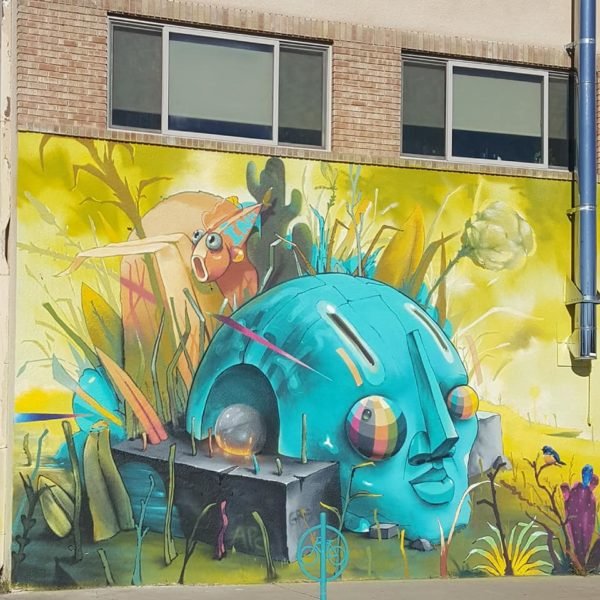Street art
Graffiti
Independent art
Guerilla art
By any name, the unofficial movement that creates public art on structures of all kinds in cities around the world, is growing. The common denominators are many and varied, and include concepts such as identity, resistance, support, communication, visibility for something otherwise hidden, and location. Always in public spaces—including buildings, fences or walls, trains, fire hydrants, and lately even rocks—and often mind-bogglingly beautiful, street art is often created clandestinely by almost invisible artists, and it is has historically been condemned across a broad spectrum of society.
But that’s changing.
From its early beginnings as vandalism and graffiti, street art has become something to celebrate and support. Governments have begun supporting “public art” contests and projects, street artists such as Banksy have gained fame (or notoriety) and neighbourhoods around the globe are promoting their locations as can’t-miss tourist sites.
With these kinds of moves toward the acceptable, has street art lost some of its street cred, or has it in fact legitimized the messages behind it? If graffiti was about claiming space, does sanctioned graffiti help define that space? And if street artists have the freedom and the time to create works of art without the fear of being chased off or, worse, imprisoned, does their work have more power to speak?
Activities
Conferences
Street Art
Saturday 7th May 2022 – Sunday 8th May 2022
Prague, Czech Republic
Call for papers, presentations and participation now active.

